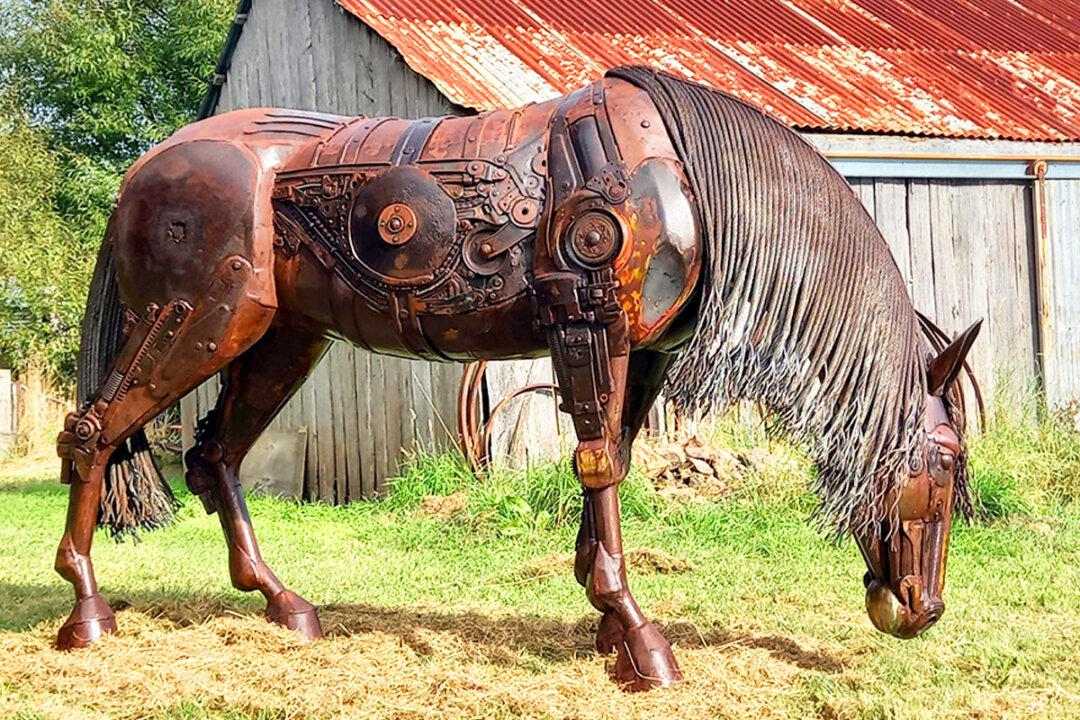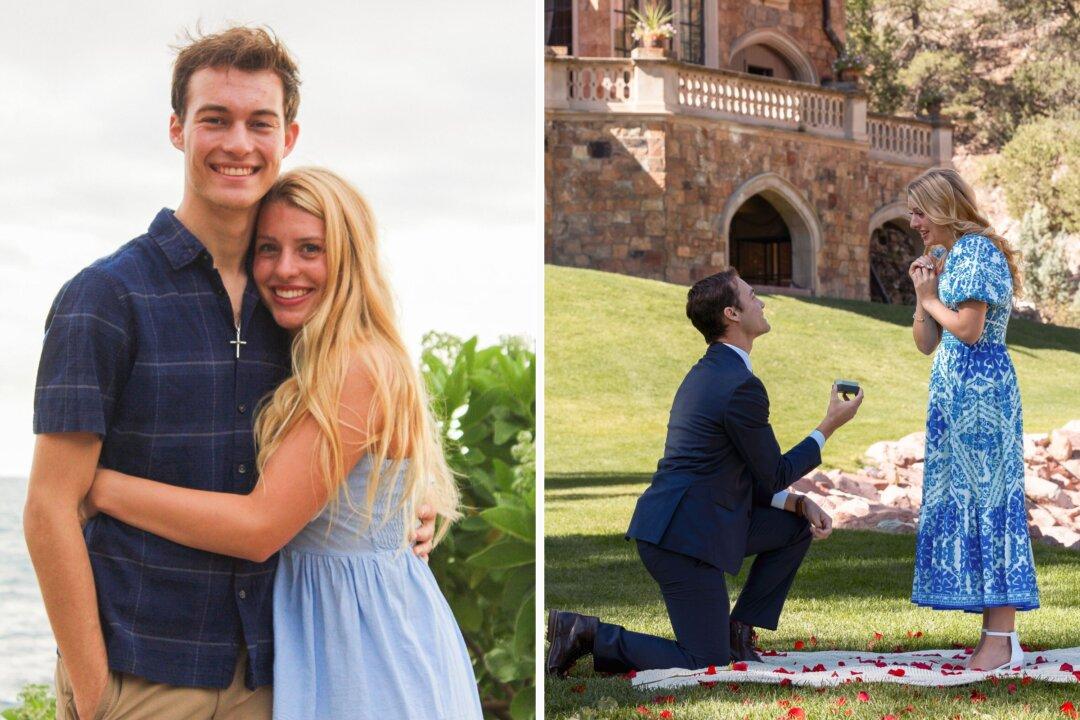It has often been said that one man’s trash is another man’s treasure. For Matt Sloane, this phrase certainly rings true.
A welder from Tasmania, Australia, Mr. Sloane uses scrap metal to create works of art. The talented artist specializes in creating life-size animal sculptures.






